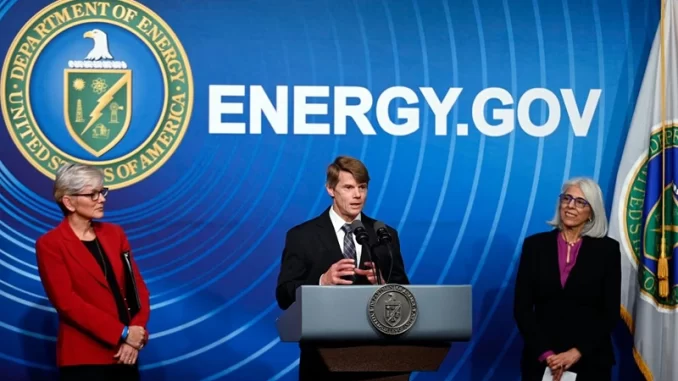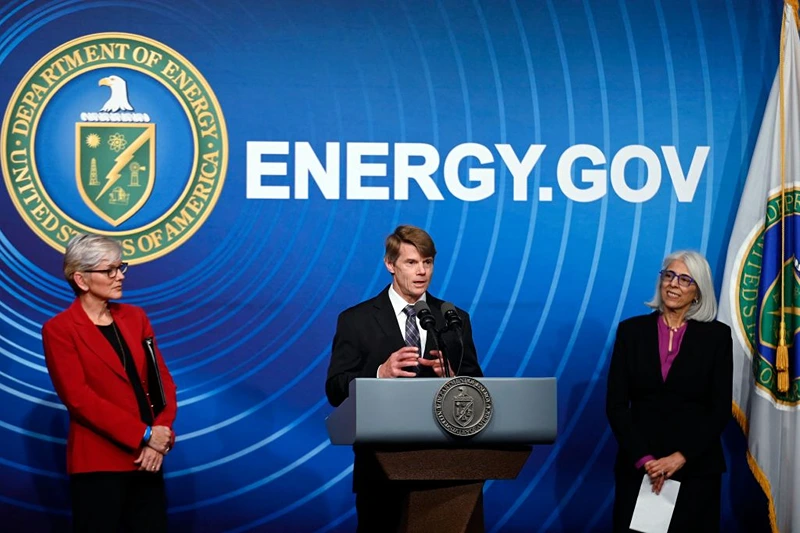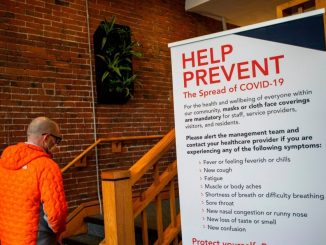

OAN Newsroom Correspondent Geri Berry
UPDATED 12:29 PM PT – Tuesday, December 13, 2022
The U.S. has accomplished an impressive feat in being a step closer to finding a zero-emission renewable energy source to replace fossil fuels.
It was revealed on Tuesday that researchers at the National Ignition Facility at the Lawrence Livermore National Laboratory have successfully produced more fusion energy than the laser energy used to run the experiment.
Reports say that this technology could possibly power a house for a year. The big challenge in this breakthrough is harnessing fusion energy that is sustained long enough.
As this was the first time that this has ever been done, U.S. Energy Secretary Jennifer Granholm celebrated the event, calling it a “milestone,” as it had “essentially unlocked a whole new source of clean energy.”
In an interview with CNN, Chief Scientist at Carbon Direct and a former Chief Energy Technologist at Lawrence Livermore, Julio Friedmann, commented on the process.
“Unlike coal, you only need a small amount of hydrogen, and it is the most abundant thing found in the universe,” Friedmann said. “Hydrogen is found in water so the stuff that generates this energy is wildly unlimited and it is clean.”
Man-made nuclear fusion generates the same amount of energy as the Sun. It happens when two or more atoms combine to form one bigger atom, a process that generates a tremendous quantity of heat energy.
In the modern world, nuclear reactors produce nuclear waste. The sought-after fusion device uses the two hydrogen isotopes, deuterium and tritium. Indefinite electricity will be produced in this manner without leaving a carbon impact.
The scientists’ next step will be to reduce costs, collect the fusion energy, and feed it as electricity to the power grid.





Be the first to comment